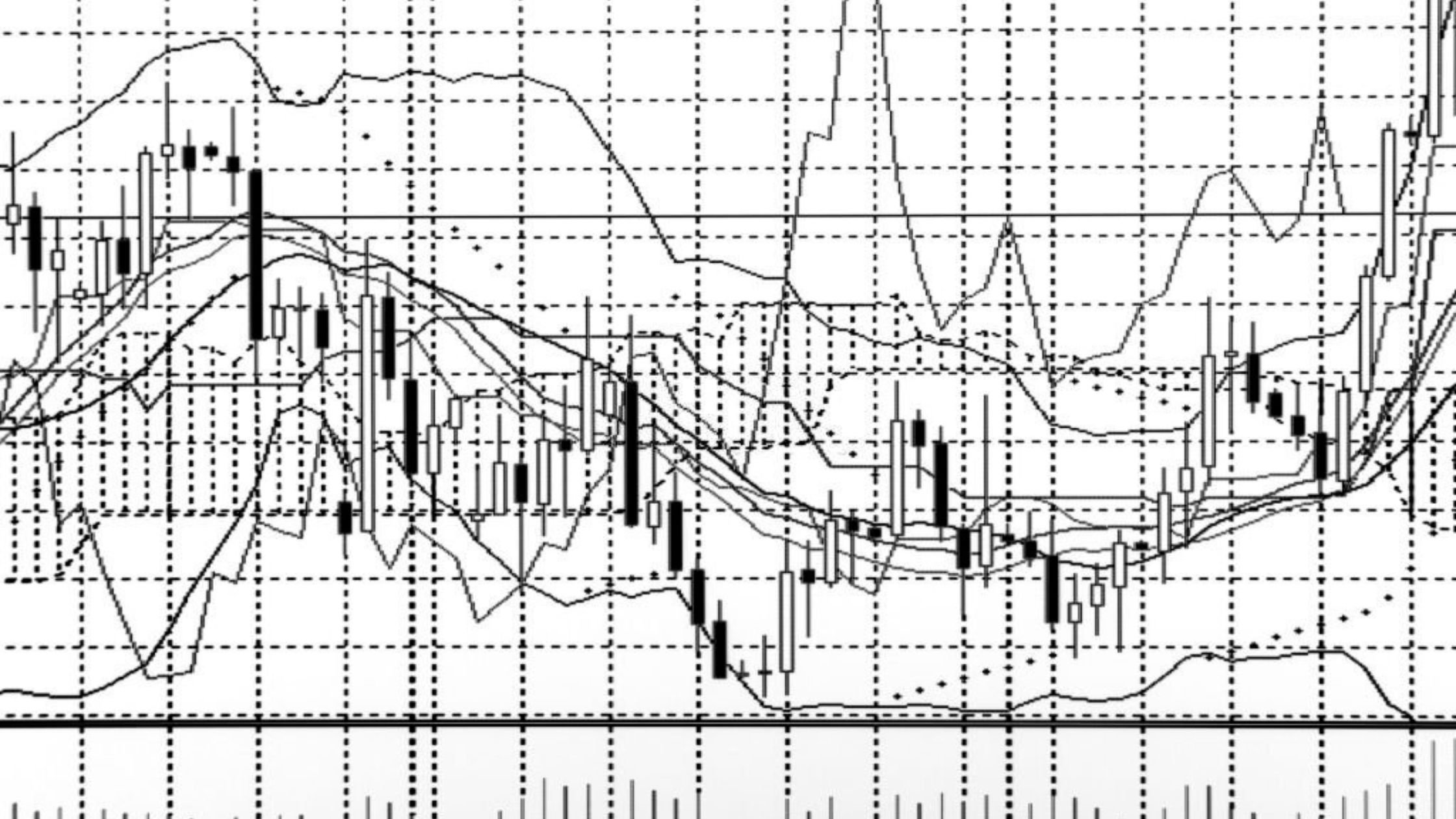

In statistics, measures of dispersion provide insights into the spread or variability of a dataset. They help us understand how the data points are distributed around the central tendency. While there are various measures of dispersion, this article will focus on four essential absolute measures of dispersion that you need to know.
Understanding Both Dispersion and Uniformity in a Data Set
Items and observations are not often the same in data sets. There is typically a lack of uniformity and presence of variation amongst the value set. The amount of variation is determined by relative and absolute measures of dispersion. If a data set shows small dispersion, this can signify great uniformity of items, and large dispersion alludes to a lack of uniformity.
Exploring Both Absolute and Relative Measures of Dispersion – What is the Difference?
The two kinds of dispersion we will focus on are:
- The absolute measure of dispersion in a data set
- The relative measure of dispersion in a data set
When referring to absolute measure of dispersion, it is crucial to evaluate the degree of variation in a value set. For instance, when snowfall data is released after winter, it is available for different days in millimeters, while absolute measures of dispersion give a variation of snowfall in mm. Relative measures of dispersion do not have units of measurements of observations, as they are pure numbers.
They are used to analyze the difference in variation of two or more data sets. Both of these measures are very useful to project management teams, so understanding them fully is crucial.
Understanding The Absolute Measure of Dispersion
Wondering about the absolute measure definition? The absolute measure of dispersion can be understood as:
1. Range
The range is the simplest measure of dispersion, representing the difference between the maximum and minimum values in a dataset. It provides a quick indication of the spread of data but is sensitive to outliers. To calculate the range, subtract the minimum value from the maximum value.
Range – How Do We Calculate It?
The range is the easiest to understand, so this is where we will start! Range is the amount of change between the smallest and largest values of a data set. The formula can be understood as largest minus smallest value. The formula reads as L minus S, which you can see displayed in the graphic below.
The biggest value is 11, and the smallest is 4. So, the range can be calculated by performing a simple math equation of 11 subtracted by 4, which equals 7. The outcome is a great way for project managers to understand how wide the data set is and make appropriate recommendations based on this analysis.
COPIED FROM GRAPHIC
Measures of dispersion and range:
- Range – the difference between the largest and smallest variable.
- The formula for Range is: Largest value – Smallest value (L-S)
- Example: 7,9,6,8, 11, 10, 4 = (11-4) = 7
2. Mean Deviation
Mean deviation measures the average distance between each data point and the mean of the dataset. It provides insights into how the data points deviate from the mean. To calculate the mean deviation, subtract the mean from each data point, take the absolute value, and calculate the average of these absolute differences.
3. Variance
Variance measures the average squared deviation of each data point from the mean. It considers the magnitude of the deviations and provides a more comprehensive understanding of the dispersion. To calculate the variance, subtract the mean from each data point, square the differences, calculate the average of these squared differences.
4. Standard Deviation
Standard deviation is the square root of the variance. It measures the average amount by which data points deviate from the mean. Standard deviation is widely used due to its interpretability and its ability to represent the spread in the original units of the data. It is calculated by taking the square root of the variance.
Choosing the Right Measure of Dispersion
Each measure of dispersion has its strengths and limitations, and the choice depends on the nature of the data and the specific analysis requirements. The range is simple and easy to calculate but is sensitive to outliers. Mean deviation considers every data point but does not account for the squared deviations. Variance and standard deviation provide a more comprehensive view of dispersion, accounting for both the magnitude and direction of the deviations.
Sign-up for a 7-day free trial! Try the first two modules of Brain Sensei’s story-based PMP and CAPM Exam Prep courses and a mini practice exam and see how it all works
Conclusion
Understanding measures of dispersion is crucial for analyzing and interpreting statistical data. The four absolute measures of dispersion discussed in this article—range, mean deviation, variance, and standard deviation—provide valuable insights into the spread and variability of data. By utilizing these measures appropriately, you can gain a deeper understanding of your dataset and make more informed decisions in statistical analysis.
Have you led projects and are looking to earn a project management certification? You might be interested in learning about how lucrative this can be. Check out these articles.
13 PMP Benefits Once You Get The PMP Certification
No experience leading projects but still want to get into project management? No problem! Check out these articles.
CAPM Certification Eligibility
What is a Certified Project Manager; How do I get PM Certifications


